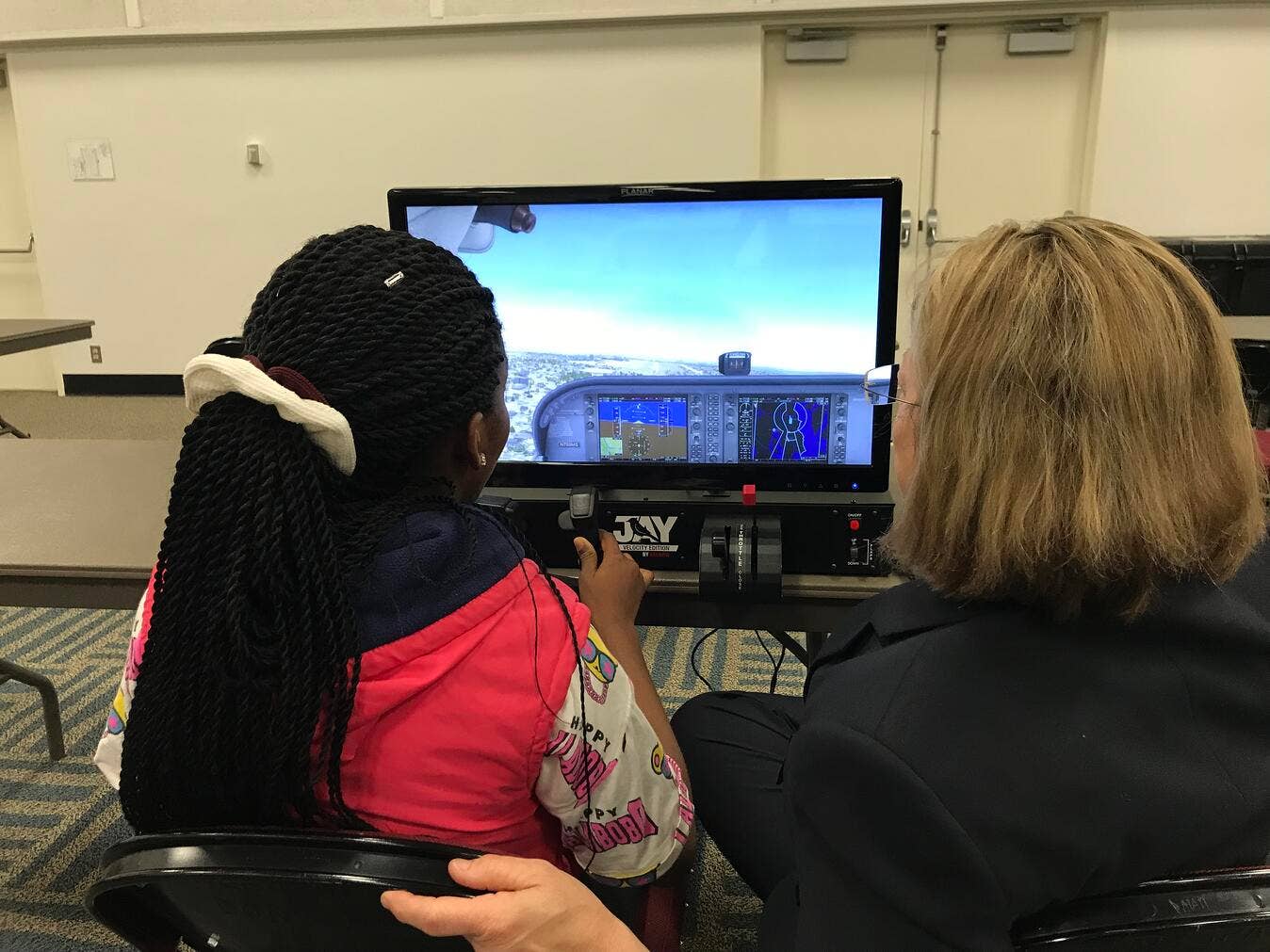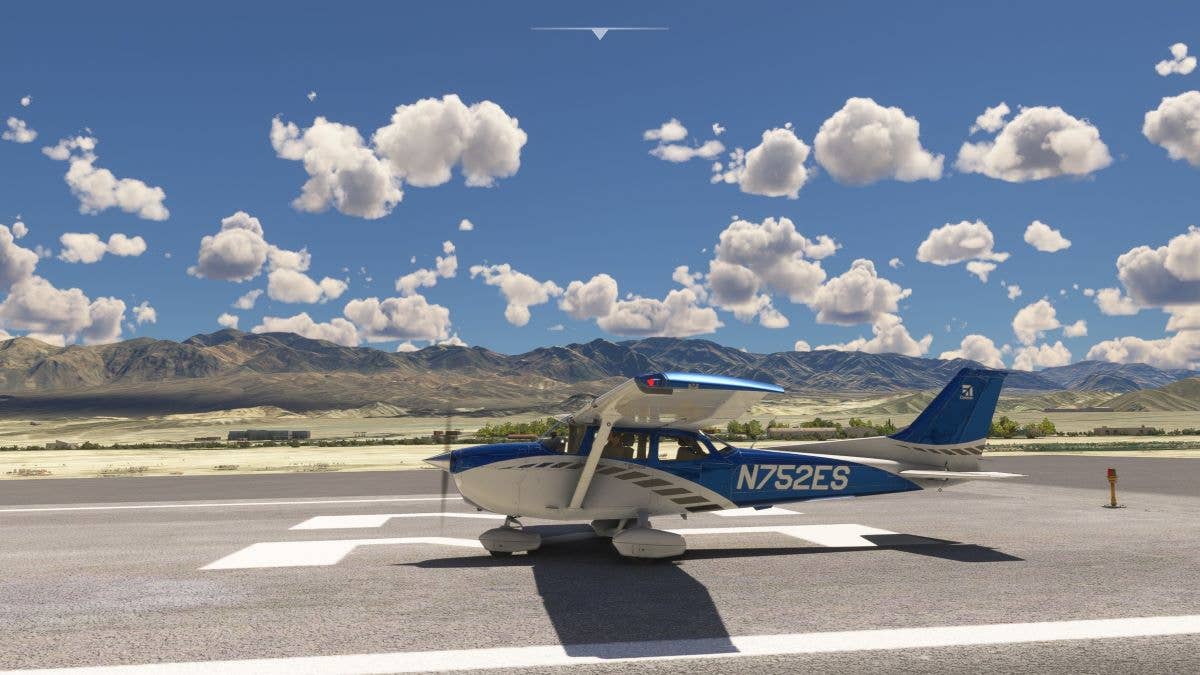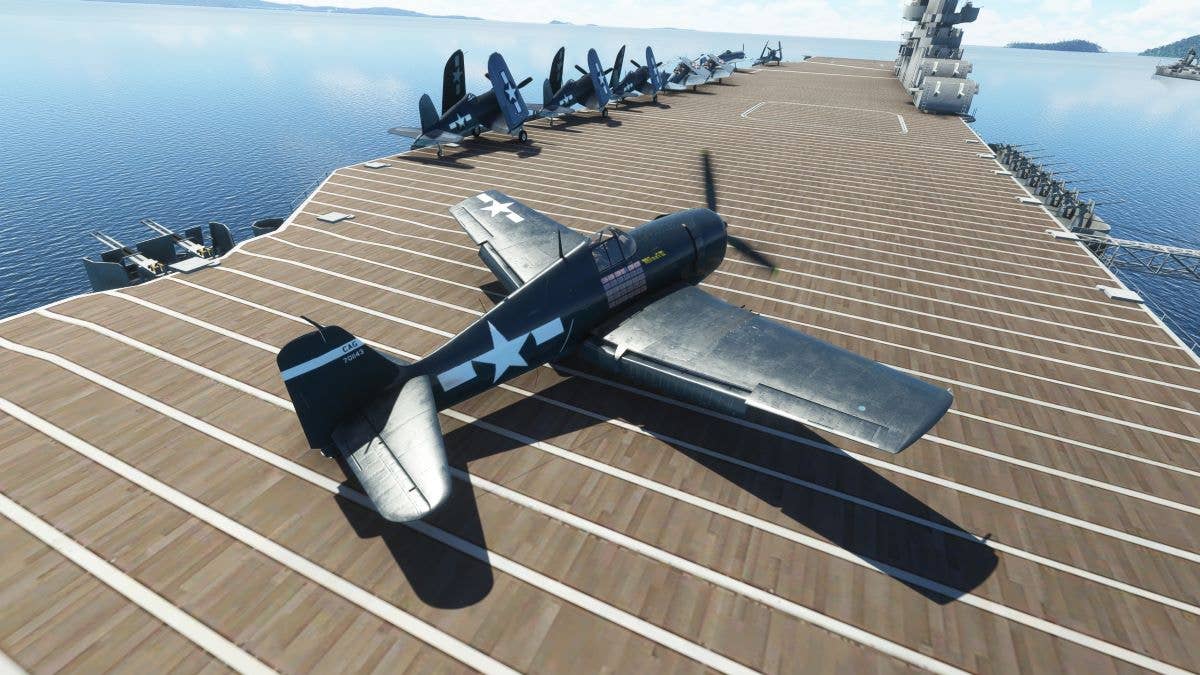Redbird Creates High School Flight Simulator STEM Lessons
The flight simulator instruction aim to augment AOPA curriculum for sophomores and juniors.

AOPA’s STEM program was released during the 2018-19 school year to 322 schools nationwide. [Courtesy: Redbird Flight Simulations]
When it comes to teaching science, technology, engineering, and math (STEM) at the high school level, one of the most expedient ways to do this is through aviation—that's the message from the AOPA Foundation High School Aviation STEM symposium.
The event, held in Memphis, Tennessee, on the weekend of November 12, brought together more than 400 educators and industry leaders to share information and discuss ways to apply STEM concepts using Redbird Flight simulation technology.
During the event, Redbird announced the creation of 25 new flight simulator lessons designed to supplement the 10th- and 11th-grade course material that is part of the AOPA High School Aviation STEM Curriculum. For several years, Redbird and AOPA have been working together to create what is essentially a multiyear ground school for high school students.
How It Works
Each flight simulator lesson includes a lesson plan and extension options designed to support the learning objectives of AOPA's high school curriculum, which is currently in use at some 300 schools in the United States. This hands-on approach in the Redbird simulators can enhance the learning process.
"The lessons integrate seamlessly with AOPA’s curriculum, helping students connect classroom theory to the practical application of professional flight skills and aeronautical decision-making," Redbird said. "For example, the simulator lesson titled 'It’s Electrifying,' which corresponds to the electrical systems lesson in unit eight of AOPA’s 10th-grade curriculum, enables students to explore how toggling various cockpit switches influences the operation of the electrical system of an aircraft. The tactile approach to learning helps students better understand that manipulating electrical switches does not impact engine operation."
Redbird’s simulator supplement is a free digital offering for high schools that use AOPA’s curriculum.
Simulation education is Redbird's specialty. The Texas-based Redbird Flight was established in 2006 with the mission of making aviation training more accessible through modern technology. Redbird simulation devices range from desktop models (the Redbird TD-2) to enclosed-cab, full-motion Advanced Aviation Training Devices (Redbird FMX) and the Redbird Xwind crosswind trainer.
Redbird training devices and content packages are used in flight schools, colleges, universities, K-12 schools, and by individual pilots worldwide.
Many Careers Represented
The symposium was not just about recruiting future pilots, noted AOPA, adding that STEM-related careers include drone operators, aerospace engineers, scientists, technologists, and technicians. During the symposium, educators are encouraged to network and explore new ideas to take back to their classrooms to enhance the educational process.

Subscribe to Our Newsletter
Get the latest FLYING stories delivered directly to your inbox






